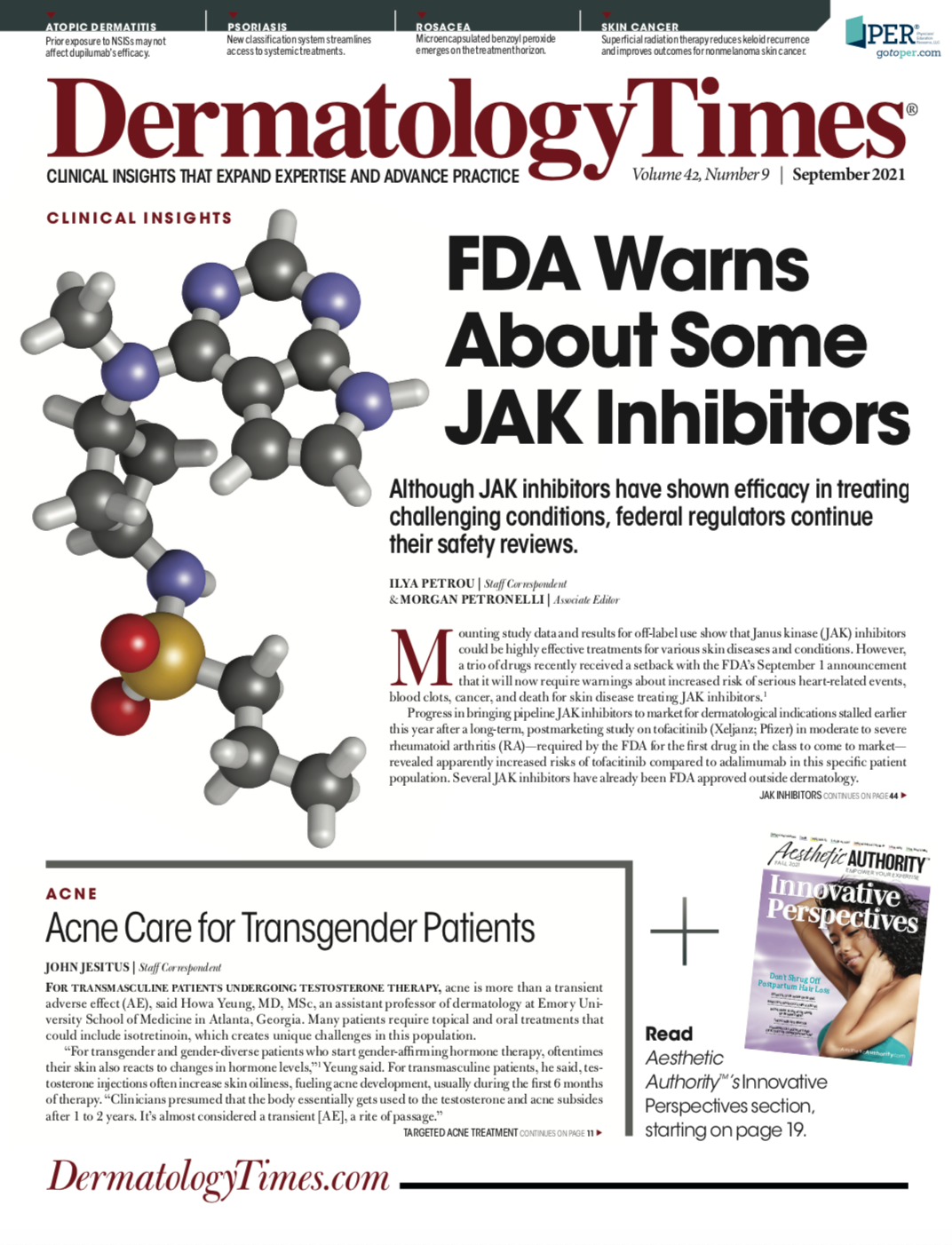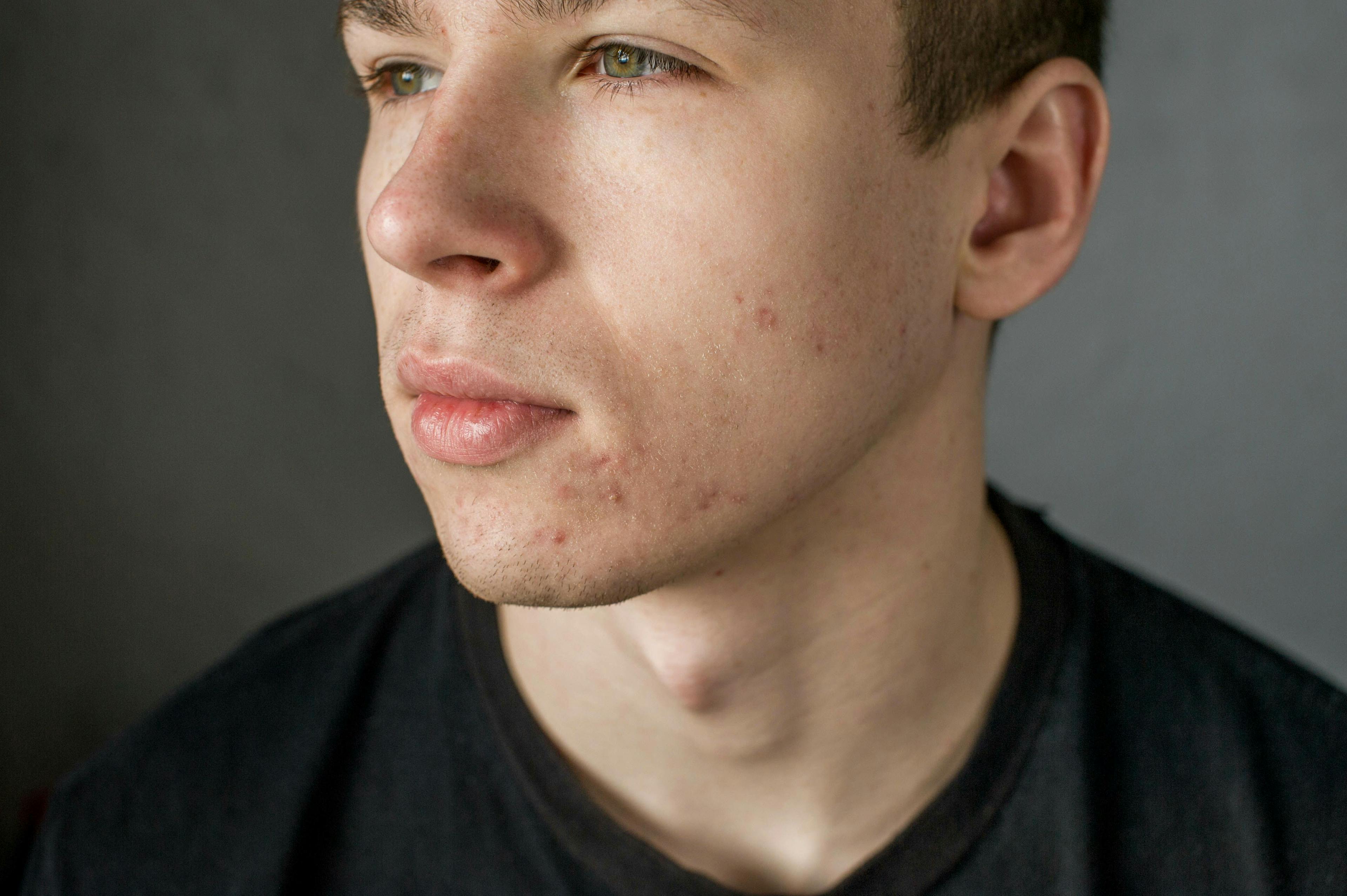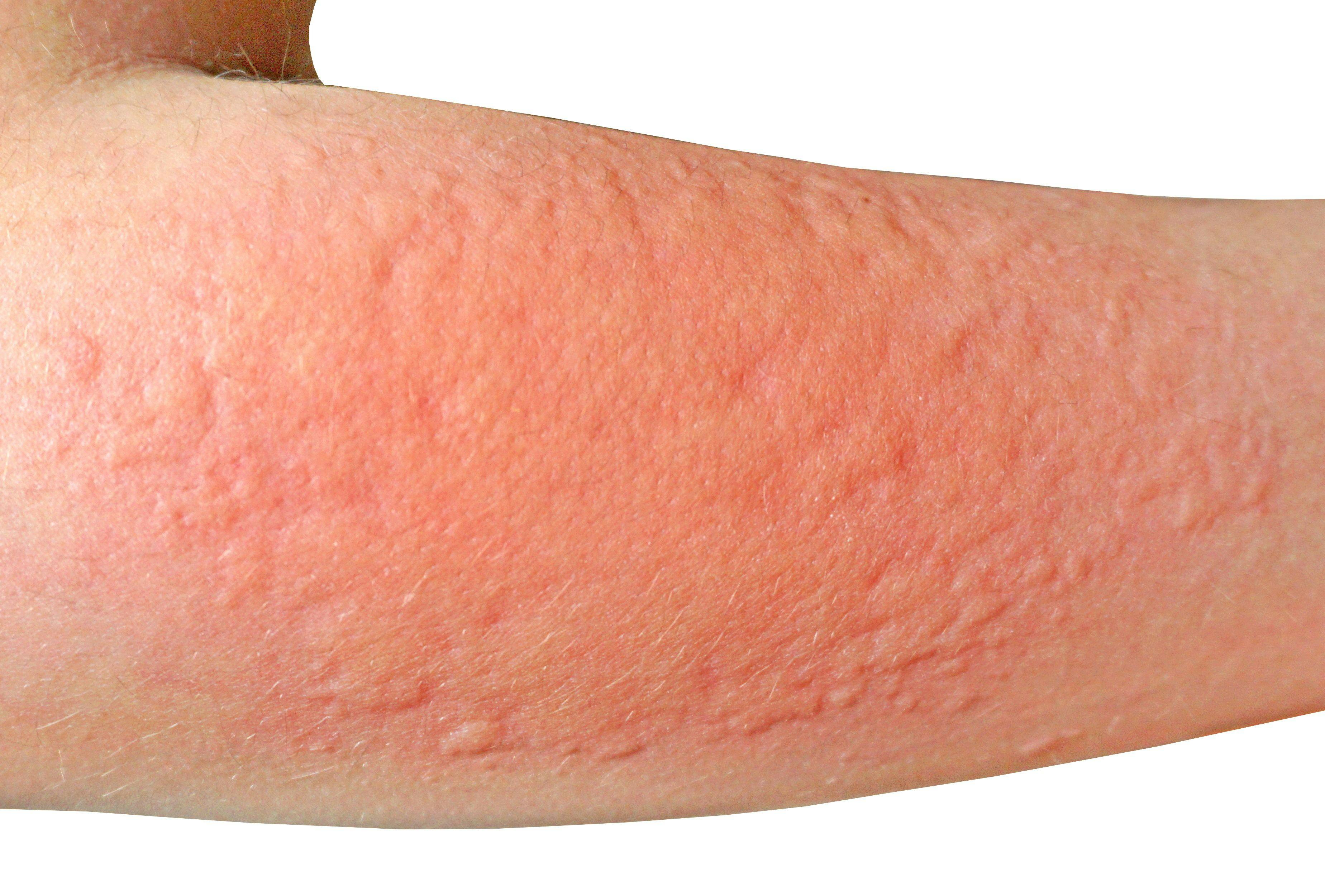- Acne
- Actinic Keratosis
- Aesthetics
- Alopecia
- Atopic Dermatitis
- Buy-and-Bill
- COVID-19
- Case-Based Roundtable
- Chronic Hand Eczema
- Chronic Spontaneous Urticaria
- Drug Watch
- Eczema
- General Dermatology
- Hidradenitis Suppurativa
- Melasma
- NP and PA
- Pediatric Dermatology
- Pigmentary Disorders
- Practice Management
- Precision Medicine and Biologics
- Prurigo Nodularis
- Psoriasis
- Psoriatic Arthritis
- Rare Disease
- Rosacea
- Skin Cancer
- Vitiligo
- Wound Care
Publication
Article
Dermatology Times
IPC Psoriasis Severity Reclassification Reflects Real-world Choices
Author(s):
The International Psoriasis Council (IPC)’s new binary classification system aims to streamline access to systemic treatments for patients who previously were likely undertreated.
The International Psoriasis Council (IPC)’s new binary classification system aims to streamline access to systemic treatments for patients who previously were likely undertreated. As part of this effort, the IPC and other stakeholders are generating data—which ultimately will be presented to regulators and payers—to support this shift.
“Traditionally, psoriasis severity has been categorized artificially into mild, moderate, and severe categories that don’t have much clinical meaning because they’re defined differently by different entities and organizations,” Bruce Strober, MD, PhD told Dermatology Times®. He is Clinical Professor of Dermatology at Yale University School of Medicine in New Haven, Connecticut, andpractices at Central Connecticut Dermatology in Cromwell, Connecticut. He is also chair of the IPC Psoriasis Severity Reclassification Project.
Bruce Strober, MD, PhD

In clinical practice, Strober said physicians offer patients with moderate and severe psoriasis the same treatment menu anyway. “Therefore, the whole mild, moderate, and severe categorization is confusing.” Depending on who’s doing the classifying, he added, patients whose psoriasis warrants conventional systemic therapies or biologics often are classified as having mild or moderate disease. Because of that, these patients are offered topical treatments or no therapy, according to Strober. “The blurring of those definitions promotes undertreatment,” he said.
The new system recommends classifying patients as candidates for either topical or systemic therapy. Those in the latter category might have disease involving greater than 10% body surface area (BSA) or special, high-impact areas (e.g., the scalp, palms/soles, nails, or genitals), or they must have failed topical therapy.1,2
Patients with psoriasis in special areas may only have 4% or 5% BSA involvement total, noted Strober. “And that BSA would never allow the patient to be enrolled in a formal clinical trial for the FDA approval of a therapy because almost all those clinical trials involve a minimum of 10% BSA as a prerequisite for entry,” he said.
American insurers commonly use the 10% BSA cutoff for authorizing systemic therapies as well. Conversely, European clinicians and payers rely largely on the Psoriasis Area and Severity Index (PASI).3 American dermatologists generally reserve PASI, which is less sensitive to change at BSAs lower than 10%,4 for clinical trials, according to Strober.
Patients with only special areas affected by psoriasis may require systemic therapy because they fail topical therapies, he added. “You can’t get them better, and their disease has tremendous impact on their quality of life (QOL) and functionality,” he said.
Strober pointed to a growing number of studies that show having psoriasis in special areas acts as a multiplier, creating an oversized QOL impact as measured by instruments such as the Dermatology Life Quality Index (DLQI). The ADVANCE phase 3 trial (NCT03721172)of apremilast in mild to moderate psoriasis (BSA 2% to 15%), for example, enrolled patients with a mean BSA of 7%. “Yet their DLQI scores are approaching what you might expect for a person with more moderate disease,” said Strober.5 The UNVEIL trial (NCT02425826)of apremilast in moderate plaque psoriasis with lower BSA yielded similar findings,6 as do a handful of unpublished studies now being prepared for publication, he pointed out. “We could show this in registries like CorEvitas as well,” he added.
Basically, Strober said people with special-area involvement who get systemic therapies in clinical practice do so because they tell their doctor that their disease is bothering them significantly. “If you were to put them to the DLQI test, they would score pretty high. That makes sense,” he said. “People are miserable because they can’t use their hands and feet, or they have very severe, pruritic scalp psoriasis that’s untreatable with topicals only.”
The therapeutic carveout for special areas sanctions use of biologic therapy, conventional systemic treatment, or even phototherapy in patients in whom it wasn’t studied, yet who are in need of these therapies, he added.
Crafting the Reclassification
The new classification system stems from a years-long consensus-building Delphi process.1 Initial brainstorming among IPC board members, councilors, and corporate sponsors (all anonymous) yielded 78 statements on psoriasis severity from around the world. Many of these statements were redundant or awkwardly worded, according to Strober, so an IPC steering committee culled the list to the 30 strongest statements.
Two rounds of anonymous online voting and commentary (in which only IPC board members and councilors could participate) identified the top 7 statements. “The IPC councilors who participated are uniformly experts in psoriasis,” he said. “They take care of people with psoriasis, by and large. So they brought practical experience to bear when they were voting.”
In late 2018, IPC councilors discussed the key statements at an in-person meeting, with some members attending via Zoom. “We allowed the authors of those top 7 rank-order definitions to make a short presentation to the rest of the group as to why their definition is the best.”
A final round of voting crowned the binary classification system, submitted by Andrew Blauvelt, MD, MBA, president of Oregon Medical Research Center in Portland, as the best, most workable system. Similar concepts had previously been promulgated by groups including the National Psoriasis Foundation) NPF and authors of Canadian psoriasis guidelines.7,8
Some of the classification systems that failed to make the IPC cut included patient-reported outcomes (PROs). “The problem we saw with that is that in some countries, including the United States, patient-reported outcomes are not accepted by insurance companies to justify use of systemic therapies,” Strober explained. The best-known PRO, the DLQI, is accepted by European payers, but he said, “It is not recognized by any payer that I know of in the United States.”
To address the lack of patient input in the new system, the IPC plans to use data from an upcoming NPF patient-only survey. Strober anticipates that this survey will reinforce the relationship between low BSA involvement of special areas and high QOL impact.
Spreading the Word
Next steps will involve validating the new classification system by showing through real-world data, whether from the NPF patient survey or a registry such as CorEvitas, that patients with special-area involvement not meeting the 10% BSA yardstick are failing topical therapies and receiving systemic therapies in clinical practice, said Strober. “We want to bring the Delphi analysis away from the theoretical and into the practical. We’re going to attempt to go into real-world sources to show this is actually what happens,” he noted. “We didn’t create this new categorization out of thin air.”
Presently, he says, the study is in data-crunching phase. “Perhaps by the end of the year we’ll have a manuscript,” he said.
Moreover, the foregoing research will be part of a multi-pronged educational effort. “We have already done some CME events with entities online.”9 Additionally, the IPC is approaching other online physician-education platforms and speaking to journalists with periodicals and mailed media in dermatology. The IPC also is using presentations at local, regional, and national medical meetings to advance the new classification system. Future efforts will include translating the reclassification and supporting documents into additional languages for use internationally, Strober added.
It is difficult to tell if US physicians are beginning to accept and use the new system in Strober’s view. “Sitting here in Connecticut, I can’t put my thumb up and say it’s happening. I don’t know if we’ll ever have a way of doing that,” he said. Rather, Strober said the IPC prioritizes analyzing registry data to determine how physicians are actually treating psoriasis. Anecdotally, feedback from peers who were not involved in the Delphi process has been uniformly positive, he said.“In fact, recent guidelines that were published in Europe cited our reference,” he pointed out.10
Pharmaceutical companies serving dermatology also view the new definition very favorably, said Strober. “Clearly, they would be interested in getting their drugs delivered to people who need them,” he noted. “They agree that in many instances, people in need, with large quality-of-life impact from psoriasis, are being denied appropriate therapies.”
Ultimately, Strober said that for the new classification system to gain meaningful traction, he hopes that future clinical trials will incorporate it to determine psoriasis severity for enrollment purposes. “That’s a barrier that’s erected by regulators like the Food and Drug Administration. That would be our pie-in-the-sky goal,” he said. If this agency rejects the new system and remains rooted in its traditional benchmark of 10% or more BSA involvement, “Then we’ve made no progress,” he said.
Over time, IPC leadership hopes to gain acceptance from healthcare payers as well. “That’s the next step, after we generate more data that substantiates the validity of the categorization,” Strober said.
To date, he said the most heartening lesson from the process of developing and promoting the new system has been the fairly uniform agreement among IPC councilors that current definitions of psoriasis severity fall short. “High severity bars for starting therapies like biologic therapy, such as arbitrary BSA percentages, are denying patients in need of effective therapies,” he noted.
It was no less encouraging to learn that most IPC councilors already were using biologics in accordance with the new classification system before it was even developed, Strober added. “It makes sense. At least in the United States, we don’t treat based on raw percentages of BSA. We treat based on need and prior treatment experience.” Proponents hope that the new classification system will bring regulators, payers, and clinical trials in line with existing clinical practice.
References:
1. Strober B, Ryan C, van de Kerkhof P, et al. Recategorization of psoriasis severity: Delphi consensus from the International Psoriasis Council. J Am Acad Dermatol. 2020;82(1):117-122.
2. Blauvelt A, Strober B. How to best define psoriasis severity: a new consensus statement from the International Psoriasis Council. J Psoriasis Psoriatic Arthritis. 2021; 6(1):6-7.
3. Nast A, Gisondi P, Ormerod AD, et al. European S3-Guidelines on the systemic treatment of psoriasis vulgaris—update 2015—short version—EDF in cooperation with EADV and IPC. J Eur Acad Dermatol Venereol. 2015;29(12):2277-2294.
4. Golbari NM, van der Walt JM, Blauvelt A, Ryan C, van de Kerkhof P, Kimball AB. Psoriasis severity: commonly used clinical thresholds may not adequately convey patient impact. J Eur Acad Dermatol Venereol. 2021;35(2):417-421.
5. Callis Duffin K, Stein Gold L, Leonardi C, et al. Key efficacy and safety of apremilast in patients with mild to moderate plaque psoriasis in the phase 3 ADVANCE trial. Poster P26085. American Academy of Dermatology VMX. April 23-25th, 2021.
6. Strober B, Bagel J, Lebwohl M, et al. Efficacy and safety of apremilast in patients with moderate plaque psoriasis with lower BSA: week 16 results from the UNVEIL Study. J Drugs Dermatol. 2017;16(8):801-808.
7. Pariser DM, Bagel J, Gelfand JM, et al. National Psoriasis Foundation clinical consensus on disease severity. Arch Dermatol. 2007;143(2):239-242
8. Papp K, Gulliver W, Lynde C, Poulin Y, Ashkenas J; Canadian Psoriasis Guidelines Committee. Canadian guidelines for the management of plaque psoriasis: overview. J Cutan Med Surg. 2011;15(4):210-219.
9. International Psoriasis Council. Video series on IPC’s psoriasis severity reclassification. https://www.psoriasiscouncil.org/blog/Videos-Severity-Reclassification.htm. Released March 30, 2021. Accessed July 20, 2021.
10. Nast A, Smith C, Spuls PI, et al. EuroGuiDerm Guideline on the systemic treatment of Psoriasis vulgaris—part 1: treatment and monitoring recommendations. J Eur Acad Dermatol Venereol. 2020;34(11):2461-2498.
Disclosures:
Strober is a consultant, speaker, and investigator for AbbVie; a consultant and speaker for Janssen, Eli Lilly, Regeneron, and Sanofi-Genzyme; a consultant and investigator for Dermavant and Novartis; and a consultant and shareholder for Connect Biopharma. He also is a consultant for Almirall, Amgen, Arcutis, Arena, Asana, Boehringer Ingelheim, Immunic Therapeutics, Bristol-Myers-Squibb, Equillium, Leo, Maruho, Meiji Seika Pharma, Mindera, Pfizer, GlaxoSmithKline, UCB Pharma, Sun Pharma, Ortho Dermatologics, Ventyx Biosciences, and vTv Therapeutics. Additionally, he is an investigator and Co-Scientific Director of the CorEvitas (formerly Corrona) Psoriasis Registry; an investigator for Cara and Dermira; and Editor-In-Chief of the Journal of Psoriasis and Psoriatic Arthritis.

Newsletter
Like what you’re reading? Subscribe to Dermatology Times for weekly updates on therapies, innovations, and real-world practice tips.

















